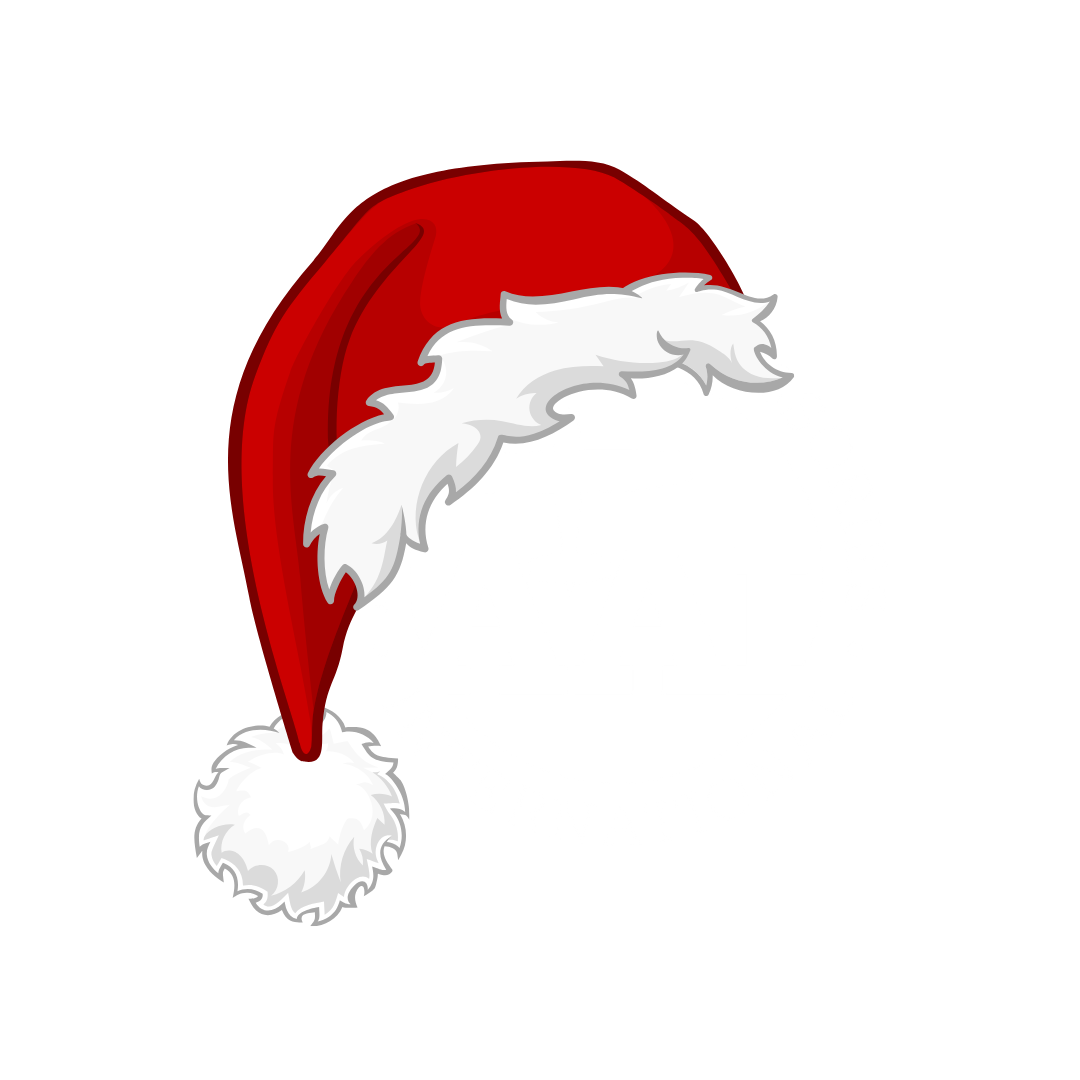Aircraft maintenance and upkeep are expensive. There’s no way around it. However, cutting corners on important overhauls and replacement regulations is dangerous and can cost you a lot of money in the long run. As an aircraft owner, you can’t perform any part of the annual inspection, but you can participate in the maintenance portion. Chipping in with the labor part of the process could save you some time and money.
In this article, we’re going to talk about owner-assisted maintenance that you can’t do yourself and owner-assisted maintenance you can do yourself.
What is Owner-Assisted Maintenance?
Owner-assisted maintenance means owners can work on their aircraft under a mechanic’s supervision. This differs from owner-performed and certified-mechanic performed maintenance, especially in the eyes of the FAA. Owner-performed maintenance refers to preventative maintenance tasks that a registered owner, holding at least a private pilot certificate, can legally perform on their own aircraft without the supervision of a certified mechanic.
What Aircraft Owners are Allowed to Do: Preventative Maintenance
Aircraft owners are welcome to perform preventative maintenance on their aircraft. According to AVweb, there are five projects aircraft owners can take care of on their own to save some money:
- Servicing landing gear and changing tires
- Interior
- Oil and filter changes
- Corrosion proofing
- Lightning and electrical
Additional tasks from Plane and Pilot Mag:
- Perform oil changes
- Replenish hydraulic fluid in the reservoir
- Add oil, air or both to landing gear shock struts
- Lubricate items not requiring disassembly
- Replace defective safety wire or cotter keys
- Clean and grease landing gear wheel bearings
- Apply non-prohibited preventive or protective material to components where no disassembly is required
- Replace bulbs, reflectors and lenses of position and landing lights
- Replace any hose connection (excluding hydraulic connections)
- Replace and service batteries
Here are some tools you might need to complete these tasks:
- Safety-wire pliers
- Air compressor
- Jacks
- Safety wire, filters, etc
- Filter cutter
If you’re not comfortable with performing these tasks on your own or don’t have the tools required, it’s probably better left to a certified professional.
What You Can’t Do Without a Certified Mechanic
While there are a lot of preventative maintenance tasks you can perform by yourself, there are limitations and safety considerations to keep in mind.
Here are tasks that aircraft owners are not allowed to do:
Structural repairs
Any work involving the airframe’s structural integrity, like repairing or replacing load-bearing elements, skin panels, or control surfaces, falls outside the scope of owner-assisted maintenance. These tasks require detailed inspections, precise work, and an in-depth understanding of stress limits and materials.
Engine teardown and overhaul
Although basic engine upkeep is allowed, disassembling an aircraft engine for overhaul or internal inspection is strictly prohibited without the appropriate certification. Improper engine work can lead to catastrophic failures, making this a task best left to certified mechanics.
Avionics installations
Installing or altering avionics equipment, such as navigation systems, transponders, ADS-B units, or autopilot components, must be done in accordance with FAA regulations. These systems are deeply integrated with an aircraft’s electrical and communication infrastructure, and incorrect installation can jeopardize flight safety and compliance.
Any major repairs or alterations must be signed off by a certified professional
Any modification that significantly affects the aircraft’s weight and balance, performance, flight characteristics, or structural integrity is classified as a major repair or alteration. Examples include installing new wing tips, modifying the exhaust system, or changing flight control mechanisms. These jobs not only require advanced technical skill but must also be formally documented and signed off by a certified Airframe and Powerplant (A&P) mechanic, or in some cases, an Inspection Authorization (IA) holder.
Benefits of Working with a Certified Repair Station
While there is a lot of work that you can do on your own, the benefits of working with a certified FAA repair station far outweigh the benefits of doing all the work yourself. With a certified repair station, experts can involve owners in maintenance safely and legally. Some other benefits include guidance on best practices, quality control, regulatory compliance, and documentation support.
AAI Can Exchange, Overhaul, and Provide Support for Your Aircraft
At AAI, we know you want certified parts for your aircraft. Cutting corners or sacrificing quality is not an option. You are responsible for the safety of everyone who boards your aircraft. When you work with us, you work with a company that is certified and trustworthy. We
Detailed, thorough, and expert work is required to get the job done the right way. At AAI, we know your ultimate goal is to get your plane fixed so you can fly. That’s why we go above and beyond to help you avoid extra costs by creating repairs and manufacturing the parts on your aircraft that are prone to corrosion and wear, like landing gear components.
Aircraft maintenance and overhaul requires quick turnaround times. You don’t want a hangar full of planes propped up on jacks, creating a traffic jam for everyone trying to maneuver around them. AAI completes inspections and repairs in-house so that parts get turned around quickly, and you can return your aircraft to normal operation.
Do you have questions about AAI’s process or available parts? Contact us for more information and be sure to sign up for our Frequent Flyers Email Newsletter to get our articles, updates about industry events, and links to our favorite online content delivered right to your inbox every month.
